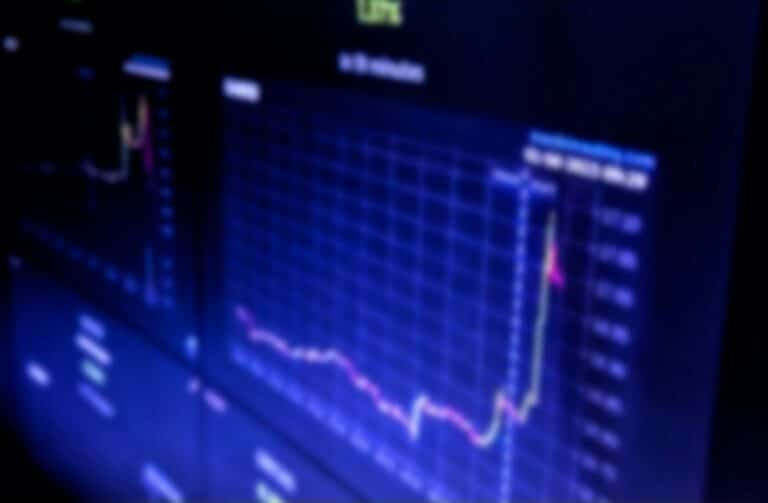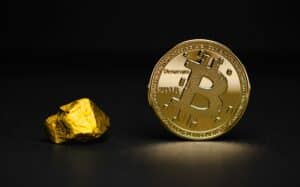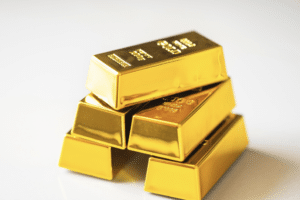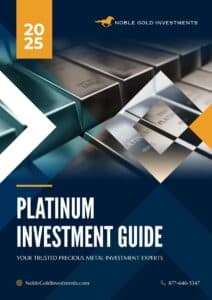Precious metals such as gold, silver, platinum, and palladium are highly valued in financial markets due to their unique properties and economic functions. Macroeconomic factors like inflation, interest rates, and the strength of the U.S. dollar directly influence the prices of these valuable metals.
For example, when the dollar appreciates, precious metals typically decline, reflecting an inverse relationship driven by market sentiment and investor behavior. Keep reading to learn more about these economic forces.
Historical Context and Precious Metals
The interconnected nature of global economies means that events in one part of the world can ripple across to impact precious metals prices. For instance, high debt levels, fluctuating interest rates, and economic conditions of major sectors, such as manufacturing in China, can drive changes in demand and prices.
Additionally, periods of economic uncertainty often see investors flocking to gold and silver as safe havens, bolstering their values. Understanding these influences provides valuable insights for investors seeking to navigate the complexities of the precious metals market.
The dynamic interplay between these factors and precious metals underscores the need for vigilance and strategic planning in investment portfolios. These metals serve as both barometers of economic health and hedges during financial instability.
Economic Policy and Precious Metal Prices
Economic policy significantly affects precious metal prices. Inflation, driven by monetary policies, often leads to higher gold and silver prices. Data from past decades illustrates this; for example, during periods of high inflation in the 1970s, gold prices soared.
Interest rates also play a role. When rates are high, precious metals typically see lower demand as the opportunity cost of holding non-interest-bearing assets increases. Conversely, low interest rates encourage investment in gold and silver. Economic policy uncertainty can further heighten volatility in precious metal markets, driving investors to seek safe-haven assets.
Gold and Silver During Past Financial Crises
During financial crises, many investors turn to gold and silver as assets to retain wealth. Historical instances, such as the 2008 financial crisis, demonstrated a sharp increase in gold prices as markets collapsed. Investors turn to these metals to safeguard against extreme market volatility.
Silver prices also exhibit similar patterns but can be more volatile due to its industrial uses. For instance, during the COVID-19 pandemic, silver initially dropped in value but quickly rebounded as economic uncertainties lingered. Long-term volatility in precious metal prices often signals broader economic and geopolitical instability, emphasizing their role in crisis periods.
Macroeconomic Determinants of Metal Prices
Various macroeconomic factors, such as inflation and interest rates, influence precious metal prices. These elements can either stabilize or drive volatility in the prices of metals like gold, silver, and palladium.
Inflation and its Impact on Metals
Inflation often leads to an increase in the price of precious metals. When inflation rates rise, the value of fiat currency tends to decrease. Investors seek safe-haven assets, including gold and silver, to preserve their wealth. This demand pushes metal prices higher.
Periods of high inflation can result in considerable spikes in gold and silver prices. For instance, during the late 1970s and early 1980s, double-digit inflation rates led to record highs in gold prices. Inflation rates closely monitored by central banks impact their monetary policy, which subsequently affects metal markets.
Interest Rates as a Driver for Precious Metals
Central banks determine interest rates, which have a direct effect on precious metal prices. Lower interest rates tend to decrease the opportunity cost of holding non-yielding assets like gold. Therefore, low interest rates often result in higher demand for gold and silver.
Conversely, when interest rates are high, the attractiveness of precious metals diminishes. Investors might prefer interest-bearing assets instead. For example, during periods of rising interest rates, gold prices often decline.
Market Dynamics and Investment Trends
The price of precious metals can also be influenced by a variety of market dynamics that shape investor behavior and correlations with other asset classes. These factors are crucial for understanding price movements and market trends.
Investor Behavior and Market Sentiment
Precious metal prices are heavily impacted by investor behavior and market sentiment. When economic uncertainty rises, many investors flock to gold and silver as safe-haven assets. This is particularly evident during times of financial instability or geopolitical tensions.
Factors such as consumer confidence and stock market volatility can significantly alter the demand for these metals. For instance, a decline in stock markets often results in a surge of investments in precious metals due to their perception as less risky. Portfolio managers frequently adjust asset allocations to include a higher proportion of gold or silver during volatile periods.
Geopolitical and Economic Shifts
Precious metals are significantly influenced by geopolitical events and economic shifts worldwide. These factors shape demand and price volatility, making them vital indicators for investors and markets.
Emerging Markets and Global Demand
Emerging markets play a crucial role in the demand for precious metals. Countries such as China and India have seen increasing industrial uses and consumer demand for metals like gold and silver.
Consequently, shifts in the economic policies of major emerging economies can create ripple effects felt across global metal markets.
Industrial Influence and Market Fluctuations
The demand for precious metals such as gold, silver, platinum, and palladium has become heavily influenced by industrial applications in recent decades. Silver and platinum are widely used in electronics and automotive industries. A rise in manufacturing activities typically leads to increased demand for these metals, pushing prices up.
For example, silver is a key component in photovoltaic cells and various electronic devices. Platinum is essential for catalytic converters in vehicles. Increased production in these sectors can create a surge in prices, reflecting heightened industrial demand.
Supply Disruptions and their Market Impact
Supply chain disruptions can significantly affect the market prices of precious metals. Mining strikes, geopolitical tensions, and natural disasters are common causes of supply interruptions.
Additionally, geopolitical instability in regions rich in precious metals can impact supply chains, leading to price volatility. The COVID-19 pandemic demonstrated how global health crises can disrupt mining operations and logistics, causing sudden price spikes.
Natural disasters such as earthquakes or floods can also affect mining infrastructure, further constraining supply. These disruptions create uncertainty in the market, often resulting in higher costs and increased price volatility.
Buying Gold & Silver In A Precious Metals IRA
If you’re an investor who is looking for new ways to hedge against inflation and build a secure retirement portfolio, you might consider opening a precious metals IRA. With Noble Gold Investments, you can buy IRS-approved gold, silver, platinum, and palladium coins and bars in a tax-advantaged precious metals IRA.
Call Noble Gold Investments now at (877) 646-5347 to speak to one of our gold IRA specialists, or click here to open an account today.







